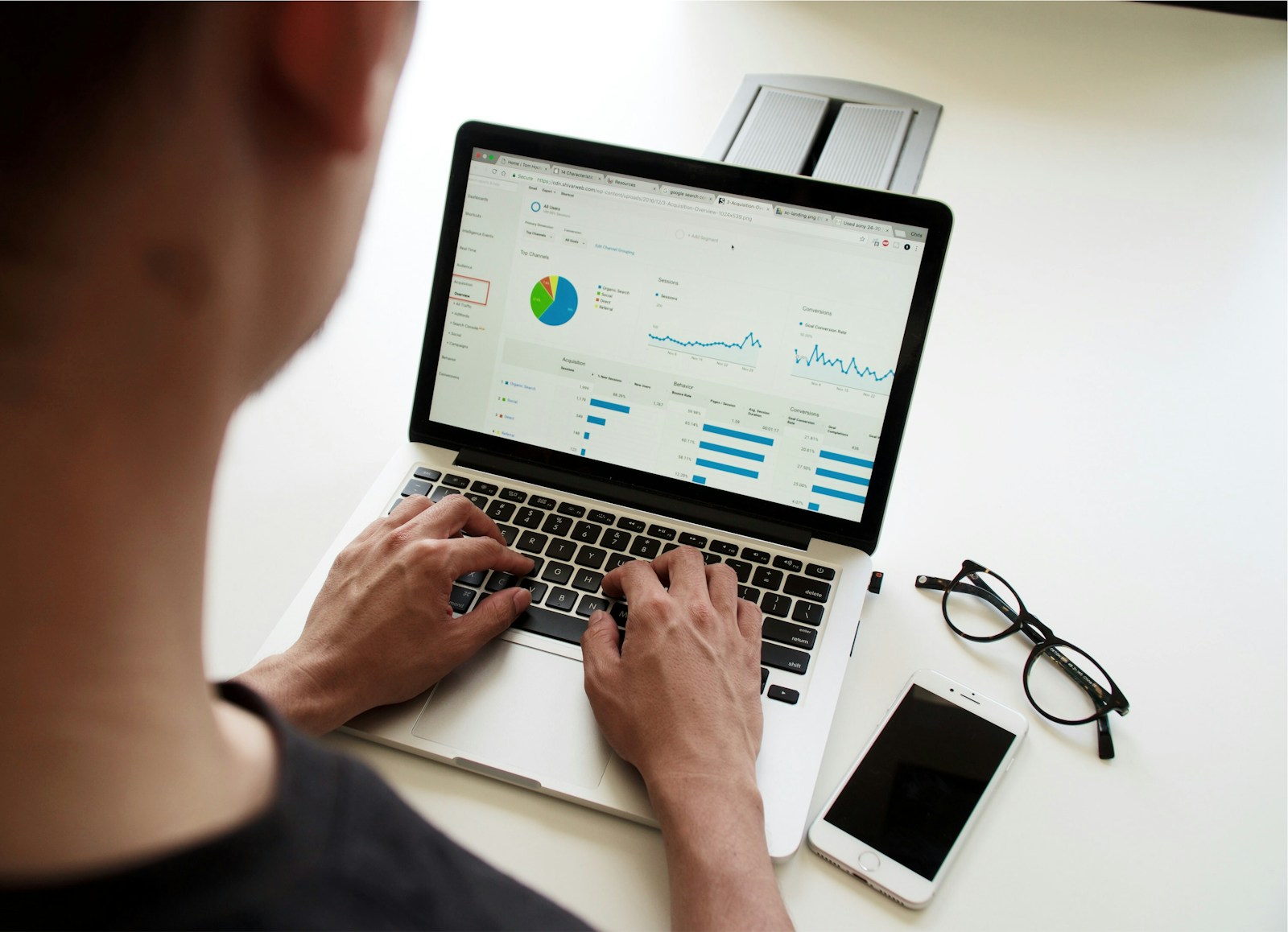AI art, also known as algorithmic art or computer-generated art, is a form of digital art that has been gaining popularity in recent years. Artists are increasingly embracing AI as a tool to create innovative and unique pieces of art. This evolution of digital art is transforming the way we think about creativity and the role of technology in the art world.
One of the key advantages of using AI in art is its ability to analyze vast amounts of data and generate new and unexpected patterns. This can lead to the creation of art that is truly original and pushes the boundaries of traditional artistic techniques. AI algorithms can process information at speeds that far exceed human capabilities, allowing artists to explore new ideas and concepts in ways that were previously unimaginable.
Many artists working in the digital realm are using AI to enhance their creative process and produce artwork that blurs the line between man and machine. By collaborating with AI systems, artists can tap into a wealth of computational power and explore new aesthetic possibilities. This collaboration between artist and machine has led to the emergence of a new genre of art that is both visually striking and intellectually stimulating.
The use of AI in art is not without controversy, however. Some critics argue that AI art lacks the emotional depth and human touch that is inherent in traditional art forms. They question whether art created by machines can truly be considered authentic or meaningful. Despite these concerns, many artists see AI as a powerful tool that can help them push the boundaries of their creativity and explore new artistic territories.
One of the most famous examples of AI art is the work of artist digital, a collective of artists who use artificial intelligence to create stunning visual pieces. Their work often combines elements of traditional art forms with cutting-edge technology to produce artworks that are both visually captivating and conceptually rich. By harnessing the power of AI, artist digital has been able to create art that challenges conventional notions of creativity and pushes the boundaries of what is possible in the digital realm.
As AI technology continues to advance, we can expect to see even more exciting developments in the field of digital art. Artists will have access to increasingly sophisticated tools that will enable them to create art that is more complex, interactive, and immersive than ever before. The evolution of digital art is a testament to the transformative power of technology and its ability to revolutionize the way we create and experience art.
In conclusion, AI art is a fascinating and rapidly evolving field that is redefining the boundaries of creativity and artistic expression. By embracing AI as a tool for artistic creation, artists are opening up new possibilities for innovation and exploration in the digital realm. As technology continues to advance, we can expect to see even more groundbreaking work from artists who are pushing the boundaries of what is possible with AI art.







Leave a Reply